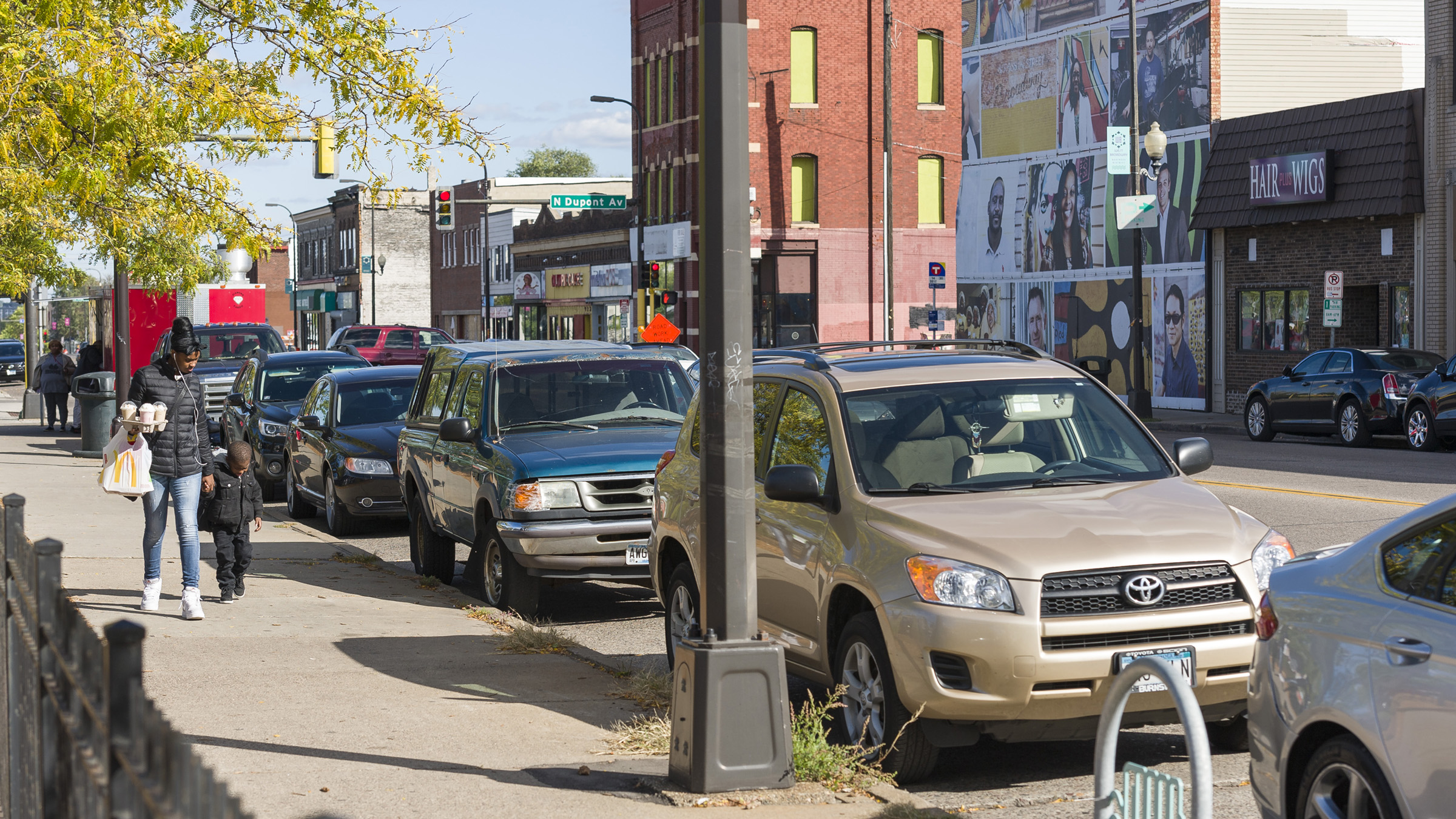A silver lining of the post-pandemic economy is that, by some measures, those who struggled before the pandemic have improved their financial position. In this analysis, we look at how much Americans are using their credit card limits, and we find that those with Fair and Good credit scores are keeping more of their borrowing capacity in reserve than they did before the COVID-19 pandemic.
The early days of the COVID-19 pandemic were especially hard on workers with lower incomes and less education, many of whom could not work remotely and whose jobs were particularly affected by the sudden stop in economic activity. With the recent experience of the Great Recession of 2007–2009 in mind, many economists feared that the pandemic would be followed by years of grinding, incomplete recovery, including high unemployment for workers at the margins of the labor market. Layoffs and job scarcity would, in turn, lead to especially precarious financial situations for lower-wage workers (as proxied by those who have lower credit scores).
That is not what ended up happening. But before digging into why it did not happen (and how we know that it did not), it’s helpful to briefly explore the aftermath of the Great Recession.
Through the Great Recession, many borrowers used more of their credit limits
When the Great Recession began in December 2007, accelerating layoffs and unusually weak hiring took a heavy toll on low- and middle-wage workers. We focus on what the Great Recession meant for individuals’ finances, and in particular their ability to borrow.
Figure 1 shows how much of borrowers’ total credit card limits (across all credit cards) they were using at a given point in time, measured as percentage-point changes in the median rate from its level in December 2007. To understand how different borrowers fare, we break up borrowers into groups by their credit score in December 2007.1 Whether their credit scores subsequently improved or worsened, we follow those borrowers over time to see how their credit utilization—that is, total credit card balances divided by total credit limit across all of a borrower’s credit cards—evolved against the backdrop of the worst recession in decades.2 Increasing median credit utilization indicates that borrowers are borrowing a higher share of their credit limits, while decreasing credit utilization indicates that borrowers are reducing their balances and/or increasing their credit limits, thus putting them in a stronger financial position with more future room to borrow.
We see a sharp rise (roughly 5 percentage points) in credit utilization from 2008 through 2010 among borrowers who originally had credit scores in the Fair-to-Good range of 580 to 739. As jobs became scarce, housing prices fell, and lending standards tightened, many borrowers found themselves with less and less credit “space” and in a more financially precarious position.3 Past research has documented that post-crisis banking reforms caused lenders to reduce consumer credit card limits, contributing to the increased utilization we observe.
Trends in credit utilization are consistent with a larger narrative of the Great Recession in which families with lower credit scores struggled for years after the recession began. Fortunately, however, this same analysis applied to the pandemic recession tells a starkly different story.
In contrast, through the pandemic recession, many borrowers used less of their credit limits
We find that borrowers with lower credit scores used less of their credit card limits during the COVID-19 pandemic, measured by declines in their credit utilization, as shown in Figure 2. That improvement began to reverse in 2022, but those with lower credit scores continued to have lower credit utilization in December 2022 than they did in February 2020.
In 2008 and 2009, borrowers in the lower middle of the credit score distribution saw the fastest deterioration. In 2020 and 2021, lower-middle borrowers saw the fastest improvements. From February 2020 through December 2022, those with initial credit scores of 580 to 739 experienced a 15 percentage-point decline in median credit utilization, giving them considerable extra space to borrow.
Many lower-credit-score borrowers improved their scores during the pandemic
Throughout all of our analysis, we take an approach that is rather different than that typically used. Namely, we match borrowers across time and divide them up into groups by their credit score just before a recession strikes. Typically, borrowers are not followed through time, and are simply divided into new credit score groups every month. The problem with that conventional approach is that it ignores the frequent changes in credit scores that borrowers experience.
Indeed, we find that many borrowers improved their credit scores from the bottom to the middle of the distribution during the pandemic, giving them more access to credit. This is a primary driver of the declines in credit utilization that we observe. Figure 3 shows the large decline in share of the group with the lowest credit scores, represented by the band of dark blue flowing up from the Poor category into the Fair category. We found that individuals cascaded upward in the credit score distribution during the pandemic: 37.6 percent of those with Poor credit scores as of February 2020 had climbed to Fair or better by February 2021, offset only by 2.1 percent of those with Fair or better scores falling into the Poor group over the same period.
Understanding the different impacts of the Great Recession and the COVID-19 recession on credit
Why do the credit-utilization trends of the Great Recession and pandemic recession appear so different? While this brief analysis cannot provide a comprehensive answer, there are a few possible explanations. First, the natures of the recessions were quite different: the pandemic was, in effect, a sudden stop and restart of economic activity, with most jobs ultimately preserved. Second, many families accumulated “forced” savings early in the pandemic when there were fewer spending opportunities. Third, there was an unprecedented amount of timely, countercyclical policy targeting lower-income families, from stimulus checks to large unemployment insurance add-ons. All of these factors contributed to stronger financial positions for many borrowers. Debt forbearance (e.g., for mortgage and student debt) also helped improve credit scores by helping borrowers keep up with a variety of types of debt obligations.
Though other pandemic-era economic trends have certainly been less welcome,4 it’s good news that so many borrowers are in a stronger position than before the pandemic. It’s also important news for policymakers, who must take families’ savings and credit reserves into account when forecasting and managing aggregate demand in the economy. Particularly as fiscal and monetary policy conditions become less supportive of economic growth, it’s necessary to anticipate how borrowers will behave in the coming months and years. Analysts and policymakers should continue to track the evolution of conditions for borrowers, making careful distinctions between those with weaker and stronger access to credit.
The authors benefited from feedback on this analysis provided by Lisa Dettling, Benjamin Malin, Andrea Raffo, and Tom Tallarini.
About the data
The FRBNY Consumer Credit Panel/Equifax (CCP) data are a nationally representative 5 percent sample of all individuals who have both a Social Security Number and a credit report. All information is anonymized. For more about the CCP data, see the Federal Reserve Bank of New York Staff Report, An Introduction to the New York Fed Consumer Credit Panel.
Because we limited our sample to individuals who had at least one credit card in every time point of our analysis, the sample may not be fully representative of borrowers. About 50 to 60 percent of individuals from the CCP data are included.
Endnotes
1 Throughout this article, credit score is the Equifax Risk Score.
2 One challenge to this approach is that of so-called regression to the mean: borrowers with the lowest credit scores in, say, December 2007 can only have similar or higher credit scores in the months before and after (and vice versa for those with the highest credit scores in December 2007). Put another way, we are classifying people with the lowest credit scores based on a single moment in time (and potentially temporary factors), before and after which they may experience higher credit scores and better conditions. This will tend to make the base period (December 2007) a credit-utilization high point for those with the lowest scores, and a low point for those with the highest scores. However, Figure 3 shows that the total number of those with Poor credit scores diminished substantially in the early pandemic, giving us confidence that a real improvement in financial conditions is driving the patterns observed in figures 1 and 2. Comparisons of historical episodes, and comparisons across credit score groups, are also helpful for getting a sense of how important regression to the mean is in practice for our analysis.
3 By contrast, those with extremely low credit scores (below 579) actually experienced flat or slightly falling credit utilization.
4 For example, the subprime auto-delinquency rate has recently increased, indicating that at least a portion of borrowers with lower credit scores are experiencing distress.







